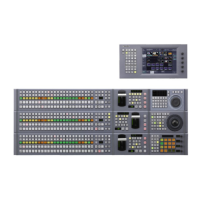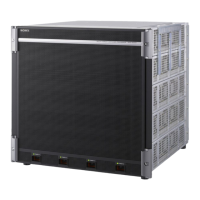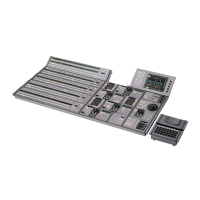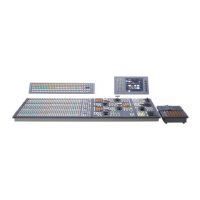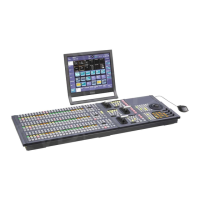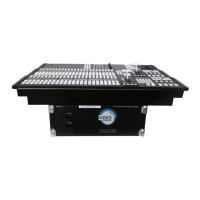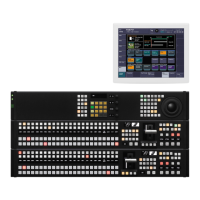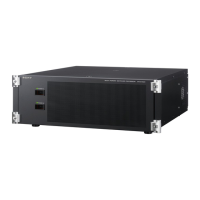Chapter 16 Macros
966
Macro Operations in the Multifunction Flexi Pad Control Block
For details of the settings, see “Setting the Macro Execution Mode” in Chapter
19 (Volume 3).
• The individual events registered in the macro are executed according to the
setup settings. If you change the settings in setup, the registered content may
not be reproduced.
• During macro execution, if you switch the control panel to macro editing
mode, this stops the executing macro.
• It is not possible to execute a macro during macro editing.
• While executing a macro with the Flexi Pad control block, or with a button
with a macro attachment set if you recall another macro with the
Multifunction Flexi Pad control block, the following operation depends on a
setting in setup.
For details of the settings, see “Setting the Macro Execution Mode” in Chapter
19 (Volume 3).
Macro execution modes
You can execute a macro in normal execution mode or step execution mode.
Normal execution mode: In this mode the macro events are automatically
executed in sequence. However, if there is a pause event set at some point,
execution pauses at that point. Then pressing the [TAKE] button in the
memory recall section resumes execution.
Step execution mode: The macro events are executed one at a time with
pauses in between. Execute the events in sequence by repeatedly pressing
the [TAKE] button.
You can select normal execution mode or step execution mode by a selection
in the Setup menus. See “Setting the Macro Execution Mode” in Chapter 19
(Volume 3).
Creating and Editing a Macro
To create or edit a macro, first recall the register in which the created macro
will be saved, or the register holding the macro to be edited, then press the
[EDIT ENBL] button.
The [MCRO] button and [EDIT ENBL] button light red, and the memory recall
section switches to the macro editing mode as shown in the following
illustration.
For the method of recalling an empty register, see “Recalling a Macro
Register and Executing a Macro” (page 951).

